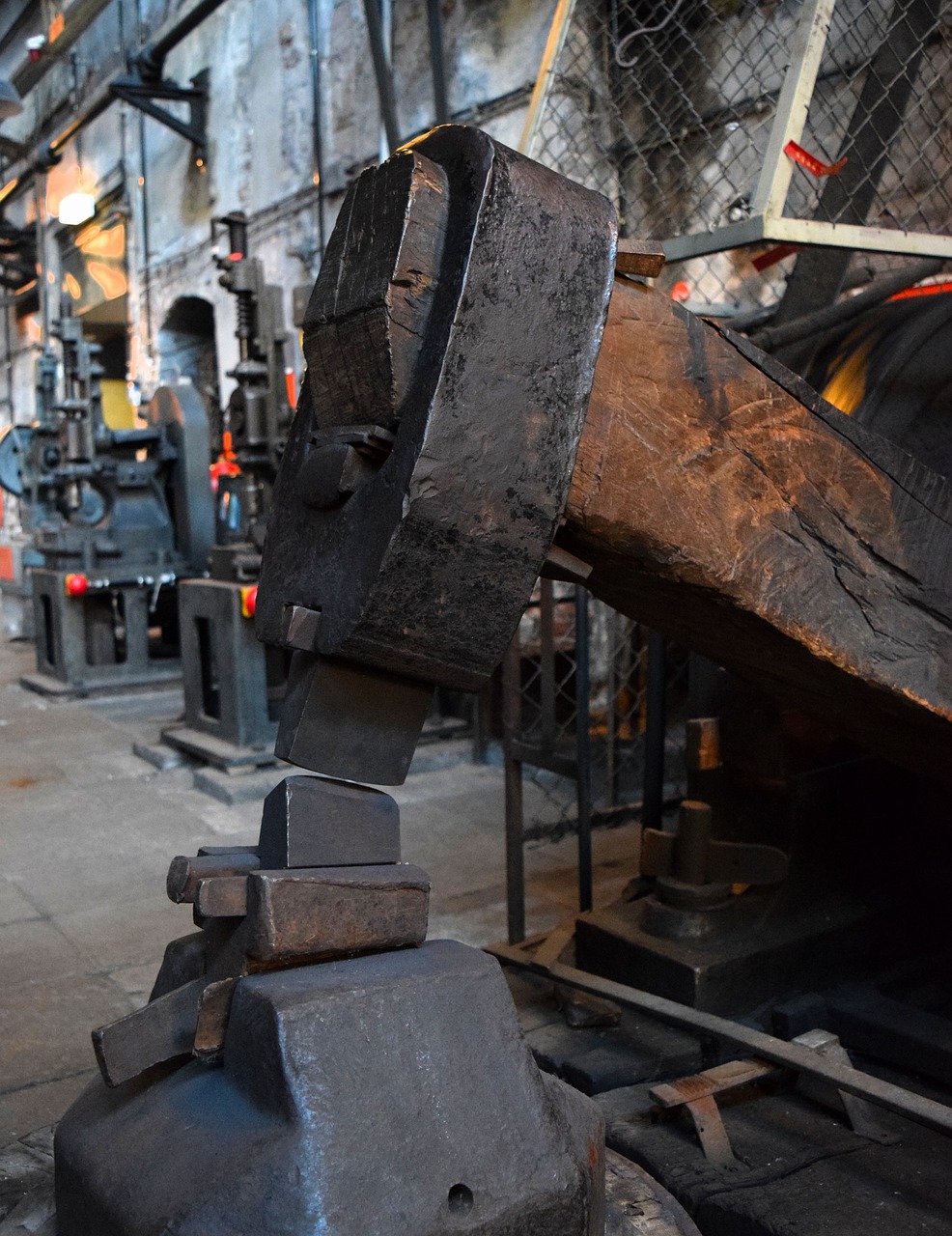
I Labor, Therefore I Am: Labor, Series, and Asserting Existence through Essence
In “‘Calling [herself] Eleanor’: Gender Labor and Becoming a Woman in the Rykener Case,” Kadin Henningsen applies the concepts of “seriality and gender labor” to the shifting pronoun usage in the 1394 court record “The Questioning of Eleanor Rykener” to “argue that Rykener is a woman” (Henningsen, 255), thereby “calling” into “question” modern ideas about how medieval people might have understood gender. In identifying the pronouns referring to Rykener shifting according to the situation being described, to include who she was having sex with and what type of work she was engaged in, Henningsen argues Rykener engaged in gender labor (to include working in the trades of a sex worker and tapster shown to be gendered as female at that time) in order to enter the series “woman.” In short, in exchange for or as compensation for gendered labor, Rykener enters the series “woman.”
Henningsen describes the concept of “women” as a “series” by likening the group to “people gathered at a bus stop”: “As a series,” they “have the potential for political action if the bus fails to arrive” as a result of “a shared orientation toward riding the bus” (256). In this way, “men” create the “series” of women by “serializing” them as “objects of exchange and appropriation,” (Henningsen, 257). Rykener enters the series by orienting and positioning herself within the “shared orientation” through gender labor.
The structure, what Foucault would refer to as “discourse” and what bell hooks has described as the “white supremicist capitalist patriarchy,” created the series “women” and “men.” As Bychowski and Kim have shown, even various waves of feminism have latched onto ideas of “masculine” and “feminine” to varying degrees, which results in “trans lives” being “treated as blank bodies onto which cisgender fears, frustrations, and anxieties around gender are projected” (Bychowski and Kim, 25). They write that “anti-feminine, anti-gender strains of feminism present transgender as a tool or a weapon of the patriarchy, because these forms of feminism are themselves using transgender as a tool and as a weapon against systems of femininity and gender” (Bychowski and Kim, 25).
Cord Whitaker writes in “Race-ing the dragon: the Middle Ages, race and trippin’ into the future” that “the denial of medieval coevalness encourages students to ask, ‘Where were the black people in the Middle Ages?’ in a tone that suggests they are not entirely certain whether black people existed at all” (Whitaker, 6). In the same way, Bychowski and Kim use the word “exist” to describe this “series” in the middle ages, writing, “Laverne Cox made the claim, ‘we exist and always have’” (Bychowski and Kim, 10). In other words, whole scholarly articles are necessary to show people identified as “nonwhite” and “noncisgender” series’ very existence, both in the medieval past and the present-day field of medieval studies. Similarly, Shokoofeh Rajabzadeh contends against “Muslim erasure,” through scholars’ continued use of the “saracen” to obscure and deny racial violence against Muslims during the Middle Ages. Bychowski and Kim articulate so powerfully the erasure that Whitaker and Rajabzadeh shed light on:
“The concept of existing in a middle age or era is not the way that people we call medieval would have understood themselves. Yet Medieval Studies exists! Medieval Studies as a name and a discipline is evidence that we often use terms invented within a later period in order to assist us in understanding earlier periods. There is a usefulness in learning what terms people of a certain time and place used to describe themselves, yet this does not take away from the usefulness of terms that they would never have imagined but nonetheless reflect realities about them or their circumstances” (Bychowski and Kim, 20).
Again, the verb “existing”/“exists” appears, this time about medieval studies to show that a modern term can in fact be used to describe a premodern idea–in this case, the entire time period and field of study, thus shedding light on the hypocrisy of denying the use of only certain modern words and concepts. Complicating ideas about how medieval people might have understood gender, as Henningsen does, essentially involves proving the “existence” of groups that have historically been denied visibility and/or encountered erasure. Due to the similar conversation occurring in medieval critical race studies as we have seen so far in this class, this practice of bearing witness is clearly necessary across “series.”
Works Cited
Bychowski, M. W. and Dorothy Kim. “Visions of Trans Feminism: An Introduction.” MFF 55 (2019): 6-41.
Henningsen, Kadin. “Calling [herself] Eleanor’: Gender Labor and Becoming a Woman in the Rykener Case.” MFF 55 (2019): 249-266.
Rajabzadeh, Shokoofeh. “The depoliticized Saracen and Muslim erasure.” Literature Compass 16 (2019): 1-8.
“The Questioning of Eleanor Rykener,” trans. Paul Halsall. Source: Corporation of London Records Office, Plea and Memoranda Roll A34, m.2 (1395).
Whitaker, Cord. “Race-ing the dragon: the Middle Ages, race and trippin’ into the future.” postmedieval: a journal of medieval cultural studies 6 (2015): 3-11.

